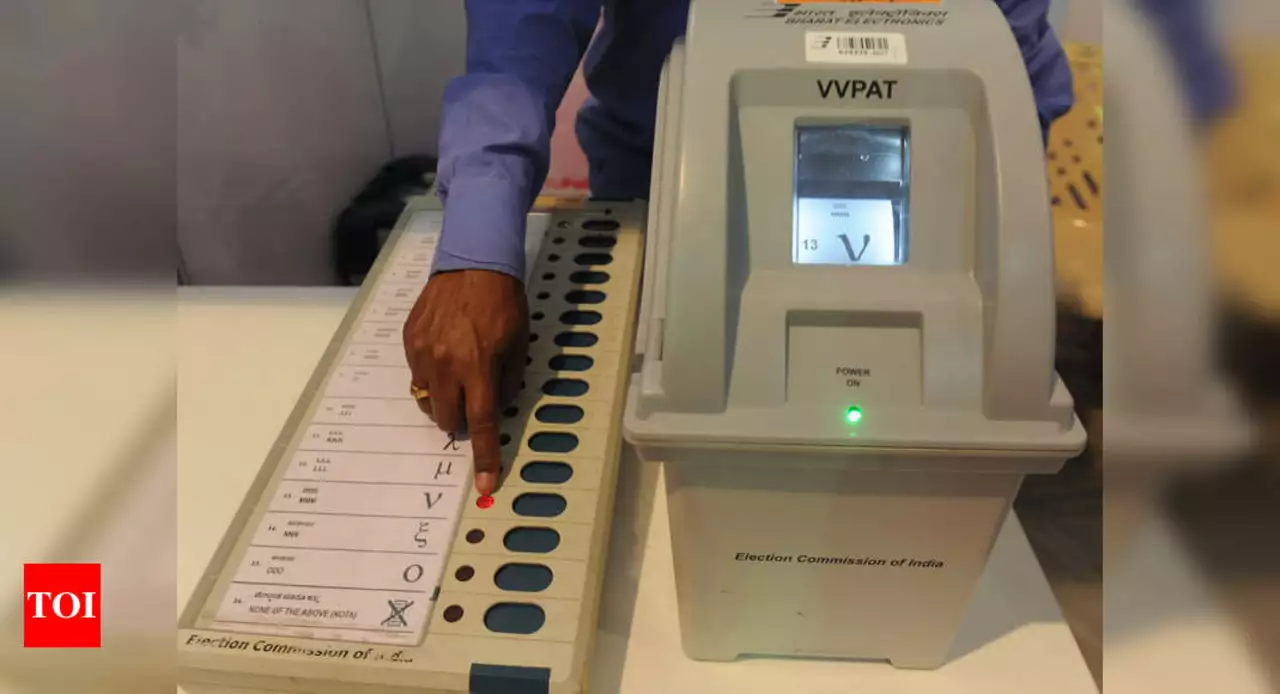VVPAT: What it is and how it works
If you're voting in India or just curious, VVPAT is the small system attached to electronic voting machines that gives you a paper record of your vote. It stands for Voter Verified Paper Audit Trail. Think of it as a safety check: the EVM records your choice electronically and the VVPAT prints a slip so you can see what was registered.
This page explains in plain language how VVPAT works, why it's used, and what you as a voter can expect at the polling station. No technical jargon, just the facts you need.
How VVPAT works
When you press a button on the EVM for a candidate, the VVPAT prints a small paper slip showing the candidate name, symbol, and serial number. The slip is visible through a glass window for about seven seconds and then drops into a sealed box. You cannot take the slip with you; it's kept for auditing.
Officials can open those sealed boxes later to cross-check paper slips with the EVM counts. This provides a physical record that helps resolve disputes, verify machine accuracy, and build voter confidence. In many elections, a random sample of VVPAT slips from certain booths is counted and matched with electronic totals.
Why VVPAT matters and what to watch for
VVPAT adds transparency. If someone doubts an EVM result, the paper slips are there as a backup. It also reassures voters who prefer a physical confirmation after pressing the button.
That said, VVPAT is not perfect. The slips are kept under strict custody and only counted during audits or legal challenges. A visible slip doesn't change your vote — it only confirms what the machine recorded. If the printed slip doesn't show your choice, alert the polling staff immediately and ask for assistance before leaving the booth.
At busy polling stations, the VVPAT window shows the slip briefly. Watch carefully for those few seconds. If you miss it, you can still raise a concern right away; election staff will guide you.
Practical tips: arrive early to avoid rush, follow polling staff instructions, and focus on the VVPAT window immediately after you press the button. If you notice a mismatch, call the polling officers and insist on documenting the issue. Keep calm and let officials follow the procedures.
VVPAT is now common in many parts of India. It doesn't replace EVMs; it complements them. Together they make elections more reliable by combining electronic speed with a paper audit trail. If you care about clean elections, understanding VVPAT helps you vote confidently and spot problems when they happen.

The Supreme Court of India recently rejected a plea to match Voter Verifiable Paper Audit Trail (VVPAT) slips with Electronic Voting Machines (EVMs). This decision allows the Election Commission of India to continue using EVMs without VVPAT in upcoming state and national elections. The court concluded that VVPAT slips cannot be matched with EVMs due to time constraints and technical challenges. The decision has been met with criticism from opposition parties, who argue that VVPAT verification is essential for free and fair elections. However, the court asserted that the risk of tampering with EVMs is minimal and trust in the country's electoral system remains intact. Despite the controversy, the Supreme Court's decision has paved the way for the use of EVMs in upcoming elections.
Read More